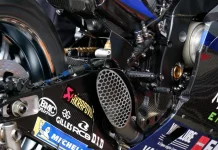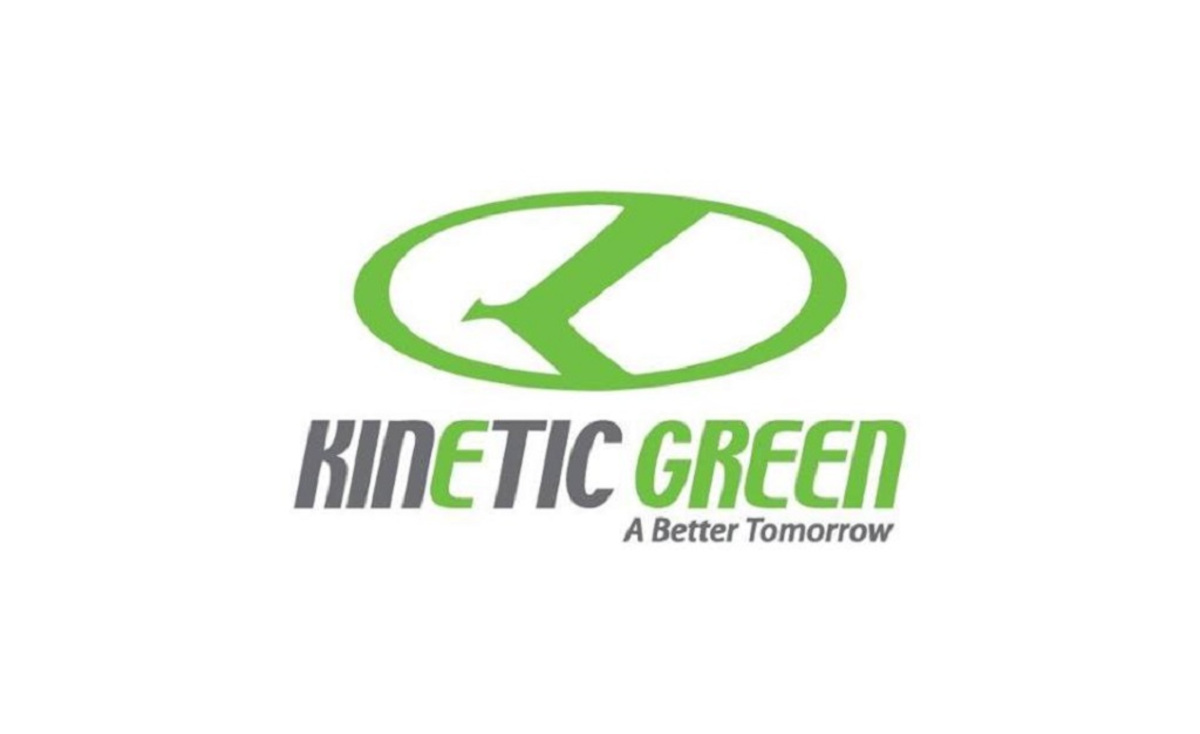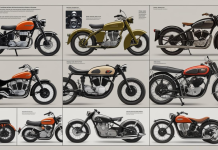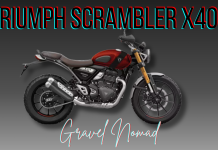This article showcases a groundbreaking collaboration between Hypetex and the Briggs Automotive Company.
Here’s a brief summary
Hypetex, a UK company known for its specialization in lightweight materials, particularly custom-coloured carbon fibre composites, has joined hands with the Briggs Automotive Company. Together, they’ve enhanced the BAC Mono R, a vehicle already renowned for its lightweight and powerful performance. By using Hypetex’s new titanium carbon fibre twill composite, they’ve replaced the regular Graphene-enhanced carbon composite bodywork of the Mono R.
This not only makes the car lighter but also gives it a distinct and unique aesthetic appeal, thanks to a crystallized lacquer finish. This special coating has an impressive weight-to-coverage ratio, adding only 17 grams per square meter. The resultant vehicle, a one-of-a-kind marvel, was made for a US-based collector, boasting yellow accents to enhance its looks. While this particular vehicle is a one-off, the wider adoption of this titanium carbon fibre material in the automobile industry is a strong possibility.

Key Takeaways:
- Hypetex Expertise: Known for lightweight materials, especially custom-coloured carbon fibre composites. Notable collaborations include Jaguar, McLaren, and Ford Performance.
- BAC Mono R Stats: It weighs 1,223.5 lbs with a 342-hp 2.5-liter Mountune inline-four engine. It boasts a 2.5-second 0-60mph time and a top speed of about 200mph.
- Hypetex’s Contribution: Hypetex introduced its new titanium carbon fibre twill composite to replace the standard Graphene-enhanced carbon composite bodywork of the Mono R.
- Unique Aesthetic: The titanium carbon-bodied Mono R sports a crystallized lacquer finish that is both lightweight and visually stunning.
- One-off Creation: Built for a US collector, this unique Mono R is adorned with special yellow accents, giving it a distinct look.
- Future Prospects: Given the success and potential of the titanium carbon fibre material, it’s anticipated that we might see more of it in the automobile sector and perhaps other industries.
This collaboration not only emphasizes the advancements in lightweight material technology but also sheds light on how traditional automotive manufacturing processes can be innovated to produce superior results.

Pros of titanium carbon fibre twill composite:
- Extremely lightweight and strong
- Durable and resistant to corrosion
- Stiff and rigid
- Non-conductive
- Heat-resistant
- Chemically resistant
- Aesthetically appealing
Cons of titanium carbon fibre twill composite:
- Expensive
- Difficult to work with
- Can be brittle and prone to failure if not properly fabricated
- Requires special tools and equipment to work with
Conclusion
The collaboration between Hypertex and the Briggs Automotive Company serves as a testament to the ongoing evolution in the automotive sector, where innovations in materials can lead to remarkable enhancements in performance and aesthetics. The introduction of Hypetex’s titanium carbon fibre twill composite into the BAC Mono R underlines the potential of lightweight materials in pushing the boundaries of automotive engineering.
As the industry continually seeks to improve efficiency, speed, and design, materials like this titanium carbon fibre are poised to play an integral role. This unique one-off project may well set the tone for future developments, pointing to a trend where the fusion of art and engineering creates vehicles that are not just modes of transport, but also masterpieces of design and technology.



































